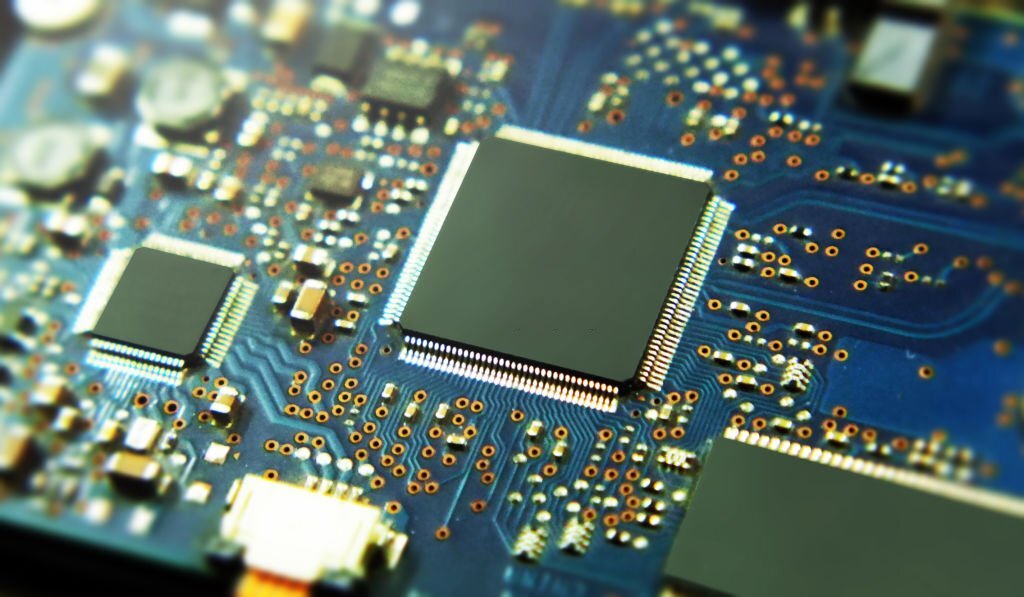Power electronics involves the use of electronic devices to efficiently control and regulate the flow of electrical energy from one form to another. Power electronics plays a critical role in a wide range of applications, including power generation, transmission, distribution, motor drives, renewable energy systems, electric vehicles, and various industrial processes.
Key Concepts and Components of Power Electronics:
Switching Devices: Power electronic systems rely on semiconductor devices such as power diodes, thyristors, transistors (bipolar junction transistors and insulated gate bipolar transistors), and MOSFETs (Metal-Oxide-Semiconductor Field-Effect Transistors) for switching and controlling the flow of electric current.
Rectification: Power electronics is used to convert alternating current (AC) to direct current (DC) through rectifiers. This process is crucial for converting AC power from the grid to DC power that can be used by electronic devices.
Inverters: Inverters convert DC power back into AC power, often with variable frequency and voltage. They are essential for applications such as variable-speed motor drives, renewable energy systems (solar inverters, wind turbine converters), and uninterruptible power supplies (UPS).
Voltage Regulation: Power electronic converters are employed to regulate voltage levels, ensuring stable and controlled output voltage for various applications.
DC-DC Converters: These devices change the level of DC voltage, allowing for step-up or step-down voltage conversion. They are used in power supplies, battery charging systems, and voltage level adaptation in various applications.
Motor Drives: Power electronics enables precise control of electric motors, enhancing efficiency and enabling variable-speed operation. This is crucial in industrial processes, electric vehicles, and robotics.
Energy Storage Systems: Power electronics is essential for charging and discharging energy storage systems like batteries, supercapacitors, and flywheels, contributing to efficient energy management and grid stability.
Renewable Energy Systems: Power electronics is integral to converting and managing the power generated from renewable sources like solar panels and wind turbines, making it suitable for integration into the grid.
Control and Feedback Systems: Advanced control techniques are used to regulate power electronic systems, ensuring stability, efficiency, and performance under varying conditions.
Thermal Management: Power electronic devices generate heat during operation, necessitating effective thermal management techniques to ensure reliability and prevent overheating.
Electric Vehicles (EVs): Power electronics systems are used in EVs for tasks such as battery charging, motor control, regenerative braking, and power distribution.
Uninterruptible Power Supplies (UPS): Power electronics is employed in UPS systems to provide backup power during utility outages or voltage fluctuations.
The field of power electronics continues to evolve rapidly, driven by advances in semiconductor technology, control algorithms, and the increasing demand for energy-efficient and environmentally-friendly solutions. As a result, power electronics engineers play a crucial role in designing and developing innovative solutions for a wide range of industries and applications.
